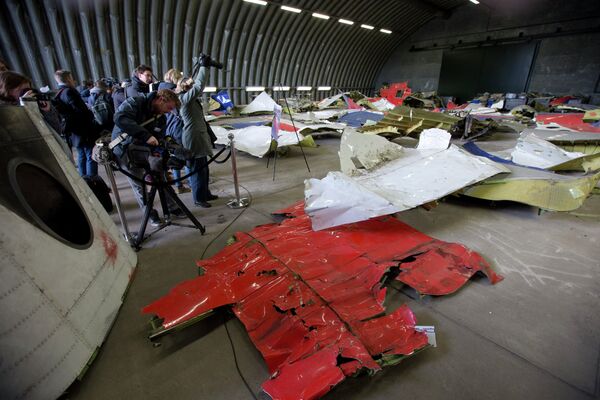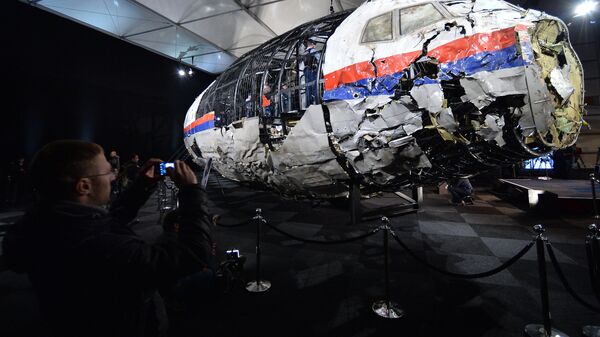"Yes, that [Russia's guilt] is our doubt. But I do not have any relatives that were killed there. I do not have any rights to any insurance claims. I am seeing this as an observer from the outside, and some of the findings made [by JIT] did not sound to me and many people in Malaysia as being quite right", Mohamad said.
The minister also noted that present evidence was "insufficient" to identify the responsible party, stressing that it was "very difficult" for him to accept that JIT could really identify who had fired the missile, downing the aircraft.
"I am not doubting their truthfulness. But there are certain things that they claim — it is difficult for us to accept... Identifying the missile – yes. The area where it happened – that can be verified. But identifying the actual firing, by whom [it was performed], that would be very difficult in the usual circumstances", he stressed.
Russia's far eastern city of Vladivostok is hosting the fifth EEF from 4-6 September. The Rossiya Segodnya International Information Agency is an official media partner of the event.
Tragedy in Ukraine
Malaysian Airlines Flight MH17 was downed over eastern Ukraine on 17 July 2014, amid a military conflict in the county caused by a violent coup d'état in Kiev.
All 298 passengers on the aircraft, including 193 Dutch citizens, died in the crash.
Almost immediately after the incident, the US and its European allies claimed without presenting any evidence that Russia was responsible for the tragedy. These allegations were used by Washington and Brussels as a pretext to introduce sanctions against Moscow, while Russia repeatedly denied the accusations.
Investigation of the MH17 Incident
A Dutch-led Joint Investigation Team (JIT), formed soon after the crash, invited Ukraine, Belgium, and Australia to join the probe, but excluded Russia from the investigation.

In 2018, JIT claimed that the plane was shot down by a Buk missile system, which allegedly came from the 53rd Anti-Aircraft Missile Brigade of the Russian military, citing "classified information" provided by the Dutch and US authorities that could not be revealed.
It was also noted that the team used images from social networks to prove the claims.
Addressing the allegations, Moscow conducted its own investigation showing that the Buk missile which hit the flight was made at the Dolgoprudny Plant in the Moscow Region in 1986, delivered to a military unit in Ukraine and remained there after the collapse of the Soviet Union in 1991. However, the evidence was completely ignored by the Dutch-led investigation.


